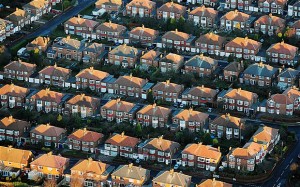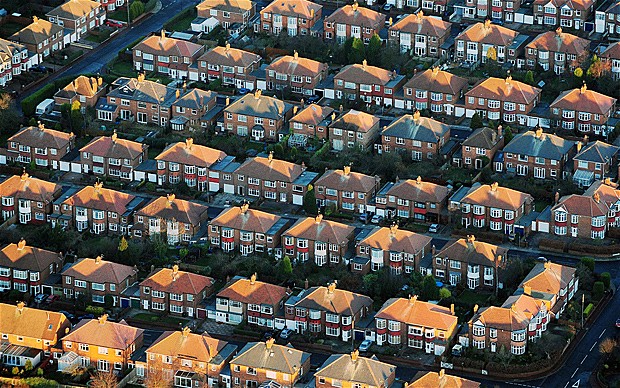The UK’s stamp duty system will change at midnight tonight, benefiting the vast majority of home buyers, Chancellor George Osborne has announced.
 From 12am on 4 December the UK’s stamp duty system will be graduated, much like income tax. The changes are intended to reduce distortions in the housing market and make the system fairer.
From 12am on 4 December the UK’s stamp duty system will be graduated, much like income tax. The changes are intended to reduce distortions in the housing market and make the system fairer.
Osborne announced his “radical reform of stamp duty land tax” as part of the Autumn Statement in Parliament this afternoon. He claimed 98 per cent of home buyers would get a better deal – effectively making the changes an £800 million tax cut.
The statement singles out the £250,000 price threshold as a key example of distortion in the market. At £250,000 the buyer pays 1 per cent stamp duty on the entire property – or £2,500. But if the property sells for £251,000 the buyer must pay 3 per cent on the whole property – or £7,530. This results in many properties being stuck at the £250,000 price point as buyers are unwilling to stump up more cash.
Under the new graduated system, the tax rate will apply to the portion of the property’s price that falls within each band. The bands are as follows:
- The first £125,000 will be charged at 0 per cent tax rate for all buyers
- The portion of the price that falls between £125,001 and £250,000 will be charged at a rate of 2 per cent
- The portion of the price that falls between £250,001 and £925,000 will be charged at a rate of 5 per cent
- The portion between £925,001 and £1,500,000 will be charged at a rate of 10 per cent
- Everything over £1,500,000 will be charged at a rate of 12 per cent.
While the changes will benefit the vast majority of buyers, those who are buying in the higher ranges may be penalised. Those people who are currently in the middle of buying or selling a home, who have exchanged contracts but have not yet reached the point of completion, will be able to choose whether they use the old or new system.





